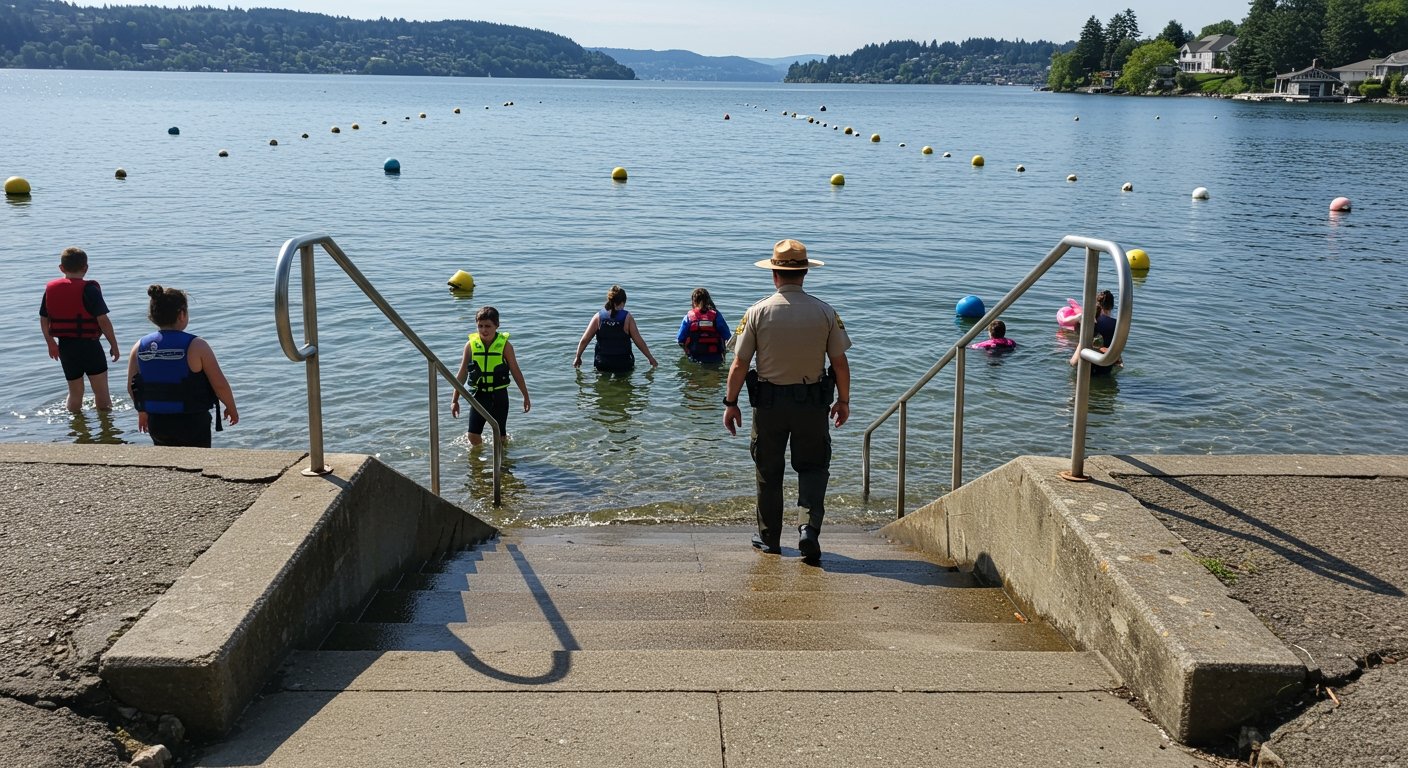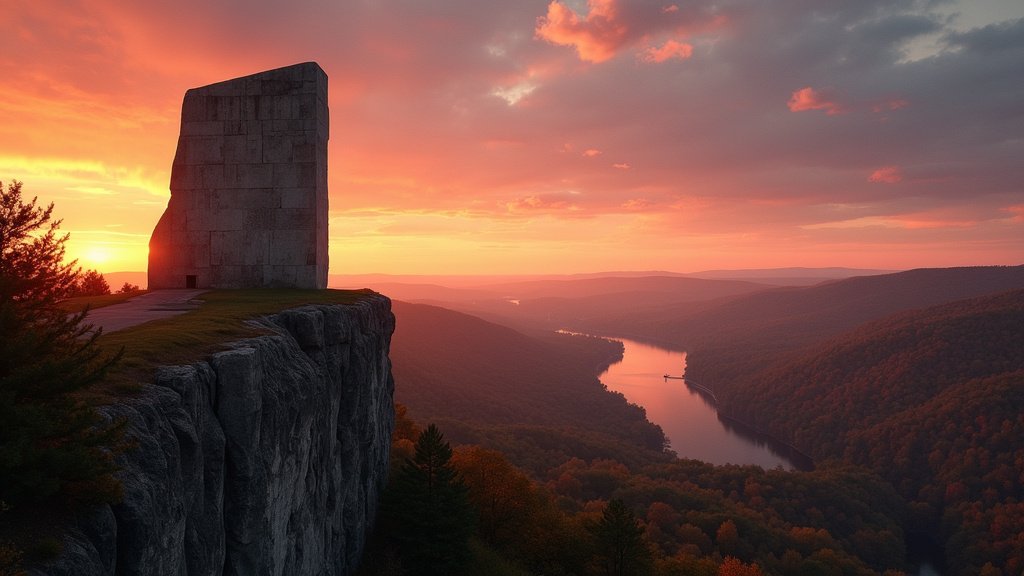LAKE OSWEGO, Oregon – After more than 80 years of restricted access, Oswego Lake is now partially open to the public following a landmark court ruling. The decision, handed down on March 3rd by Clackamas County Circuit Judge Kathie Steele, mandates public entry to the lake for the first time since 1942, utilizing the steps located at Lower Millennium Park in the city of Lake Oswego.
This new era of limited public access, however, is already facing turbulence. A temporary closure enacted by the city for the Fourth of July weekend has sparked sharp criticism and threats of further legal action, highlighting the ongoing tensions surrounding one of the region’s most coveted waterways.
The Path to Public Access
The battle for public access to Oswego Lake has been protracted, culminating in the 2012 lawsuit filed by plaintiffs Mark Kramer and Todd Prager against the city of Lake Oswego. That legal challenge sought to dismantle decades of restrictions that had effectively privatized the lake, primarily benefiting waterfront property owners and members of exclusive organizations.
Judge Steele’s March 3rd ruling marked a significant victory for advocates of public commons, affirming the principle that public funds used for lake maintenance and the public nature of the access point necessitate broader public use. The ruling specifically designated the steps at Lower Millennium Park as the sole official public entry point currently available.
Navigating the New Rules
In response to the ruling, the city of Lake Oswego has implemented measures to manage public access and ensure safety. A dedicated city representative, identified as “Ranger Taylor,” is stationed at the Lower Millennium Park entry point from Thursday through Sunday. Ranger Taylor’s role is to inform visitors about applicable regulations, primarily those set forth by the Oregon Marine Board.
These regulations include mandatory safety requirements for anyone entering the water, such as wearing a life jacket and carrying a whistle or airhorn. Visitors are also instructed to remain between the shore and designated buoys and to avoid venturing into the center of the lake, an area often used by motorized boats and other private lake users.
The initial public response appears robust. According to city figures from a recent Sunday, 126 people visited Lower Millennium Park, with 71 individuals reportedly entering the water via the designated steps. This indicates a significant public interest in utilizing the newly opened access point, despite its limitations.
Holiday Closure Sparks Outrage and Legal Threats
The nascent period of public access was abruptly interrupted by a temporary closure announced by the city. Public entry from Lower Millennium Park was prohibited from the evening of July 3rd through the morning of July 7th. The city cited public safety concerns during the busy Fourth of July holiday weekend as the reason for this decision.
City Manager Martha Bennett defended the closure, stating it was a necessary precaution given the anticipated influx of approximately 20,000 people attending various public and private events scheduled near the lake during the holiday period. Bennett indicated that managing such a large crowd while maintaining safe lake access through a single, limited entry point presented untenable safety risks.
However, this temporary shutdown drew immediate and sharp criticism from access advocates. Mark Kramer, one of the plaintiffs in the original lawsuit that compelled the city to open the lake, publicly denounced the closure. Kramer characterized the city’s action as a potential violation of Judge Steele’s court order and threatened to pursue legal action for contempt of the court’s decree.
Critics argue that the closure undermines the spirit and letter of the court’s mandate for public access and suggest that the city should find ways to manage crowds safely with access remaining open, rather than resorting to a complete prohibition.
The Future of Access Remains Uncertain
The standoff over the Fourth of July closure underscores the delicate and contested nature of public access to Oswego Lake. While the March 3rd ruling represents a historic shift, the practical implementation and ongoing management of public entry points remain subject to interpretation and potential conflict.
The threat of further legal action from plaintiffs like Mark Kramer indicates that the legal battle initiated in 2012 may not be entirely concluded. Any future court proceedings regarding alleged contempt could further define the scope and limits of the public access mandated by the ruling.
For now, Oswego Lake is open, but the terms of its accessibility are clearly still being negotiated, not only through policy and management but potentially through continued legal challenges, reflecting a long-standing community division over who gets to use this prominent body of water.




